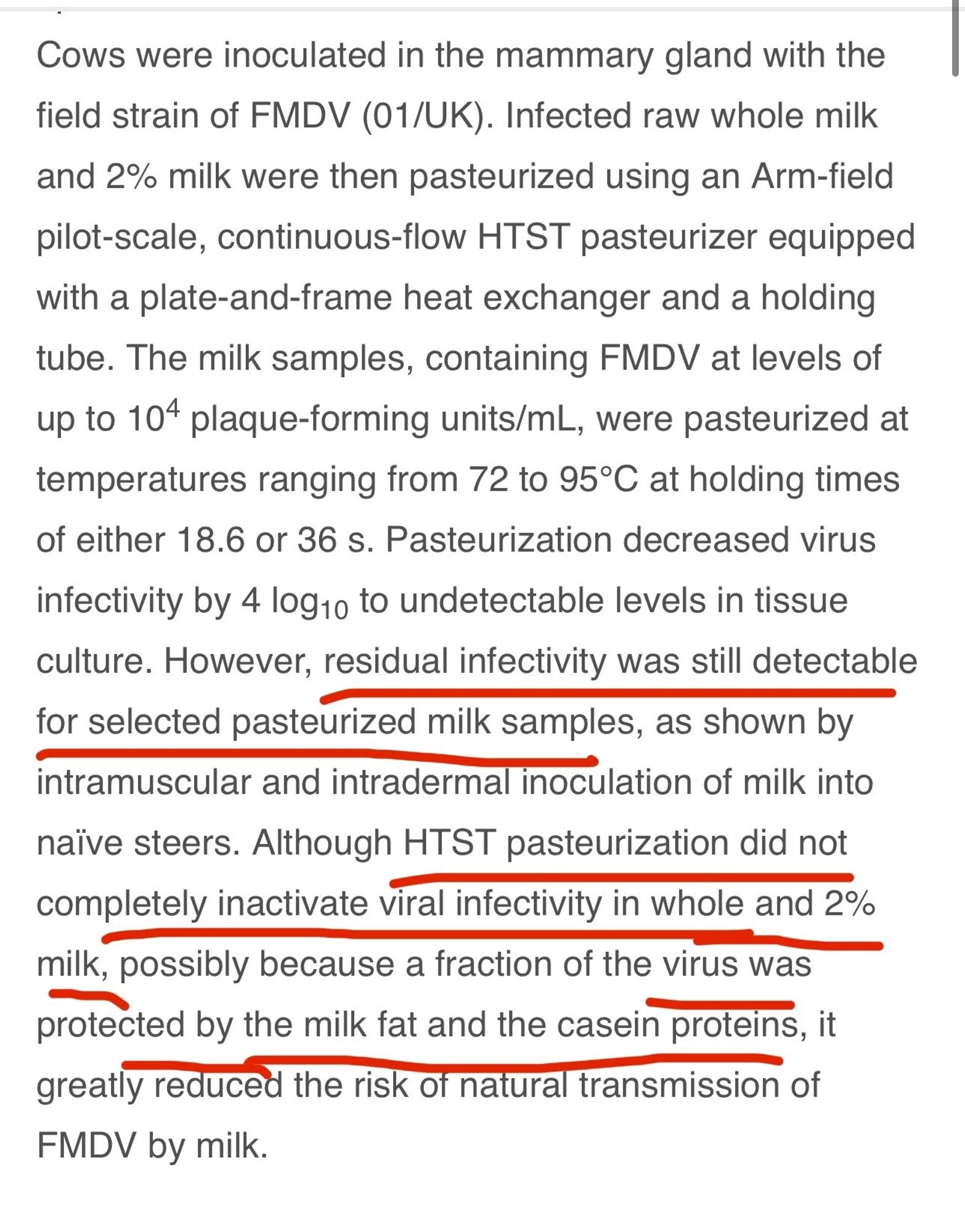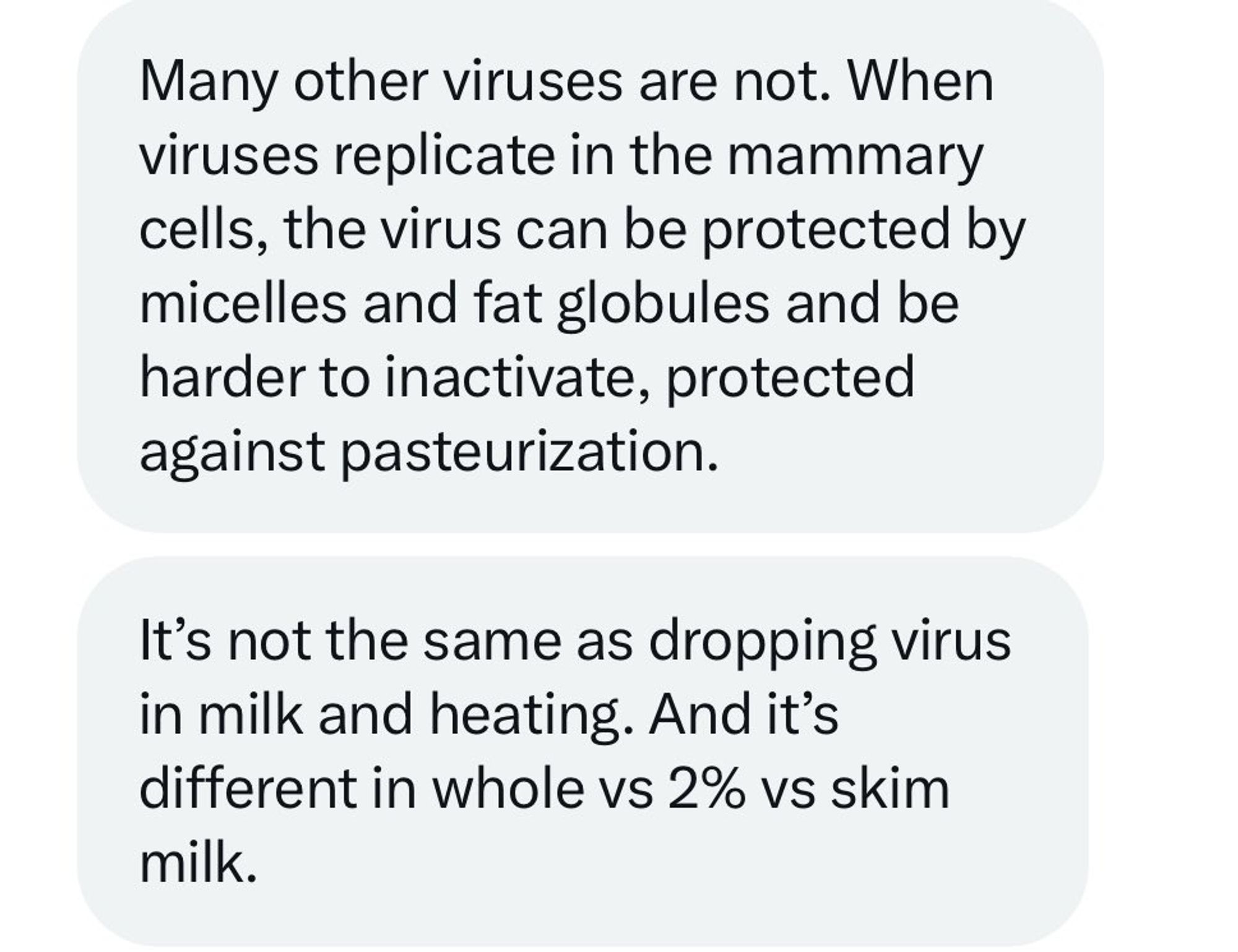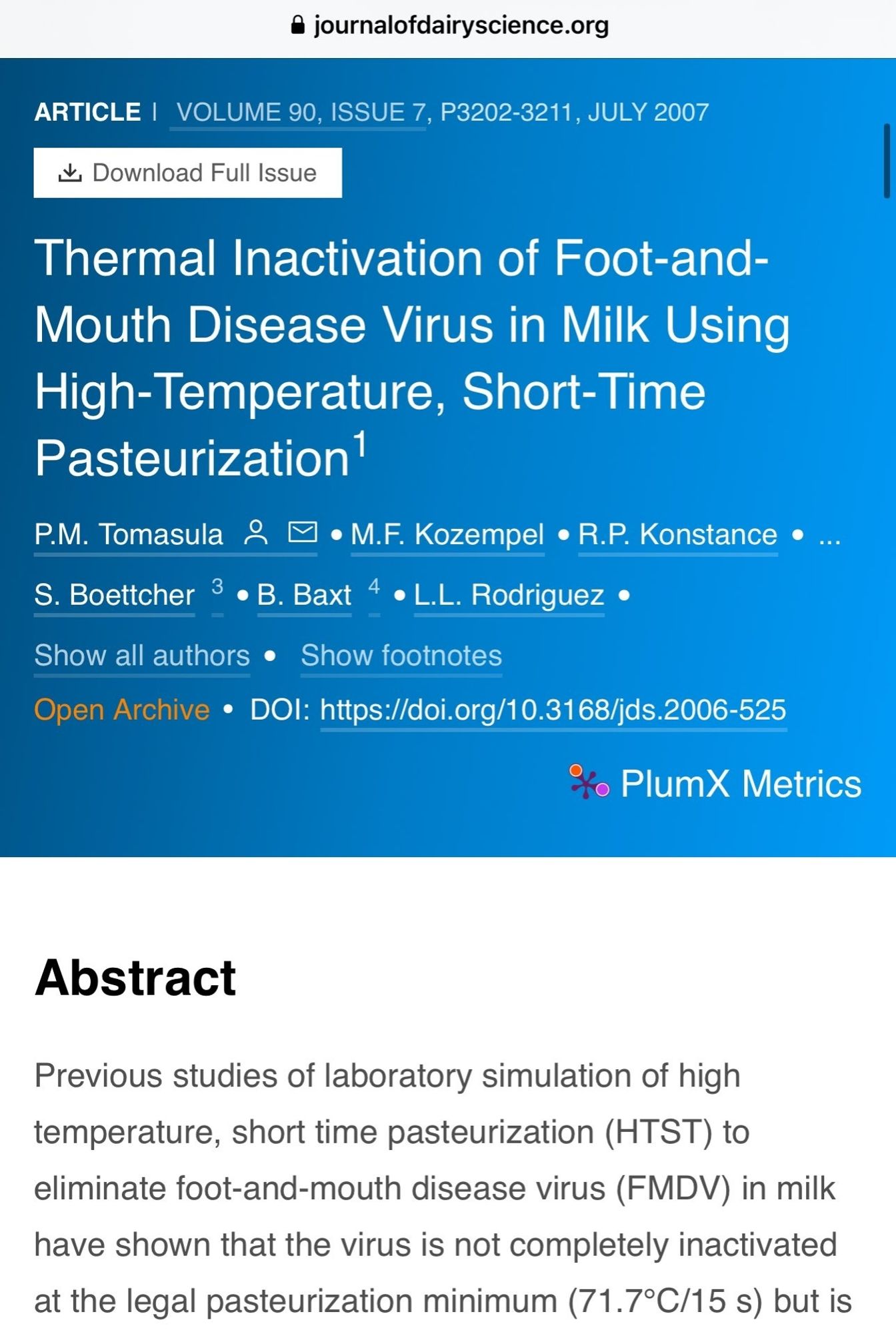Check out my newest collaborative work to see how you can use #NMR#NMRchatwww.cell.com/cell-reports...

Tapia et al. report that specific fluorine substitutions on the side chains of HCl-binding pseudopeptidic cages modulate their physicochemical properties and behavior at the aqueous-lipid interphase. ...
M2e-Derived Peptidyl and Peptide Amphiphile Micelles as Novel Influenza Vaccines www.biorxiv.org/content/10.1101/2024.06.10.598394v1
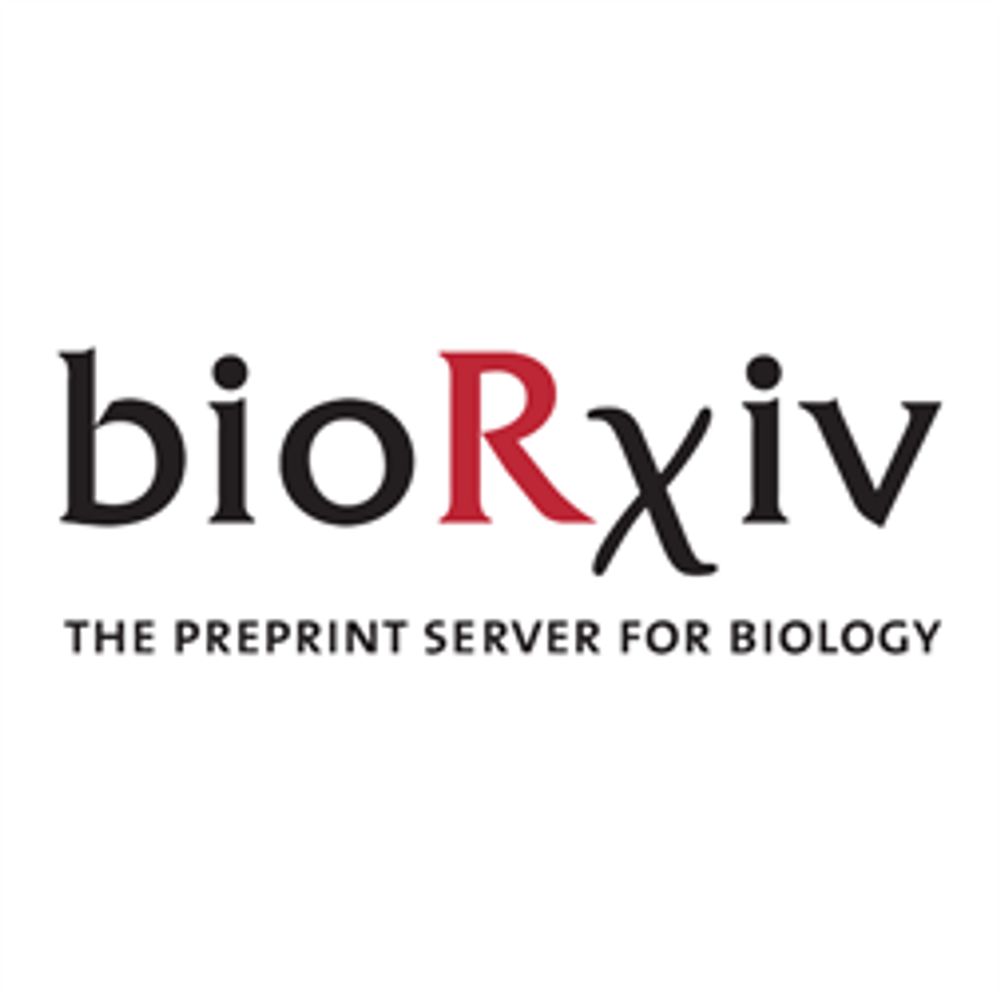
A significant problem with current influenza vaccines is their reliance on predictions of what will
M2e-Derived Peptidyl and Peptide Amphiphile Micelles as Novel Influenza Vaccines www.biorxiv.org/content/10.1101/2024.06.10.598394v1

A significant problem with current influenza vaccines is their reliance on predictions of what will
Generalization of the Packing Parameter for Quantifying the Morphology of Peptide Amphiphile Micelles www.biorxiv.org/content/10.1101/2024.06.10.598326v1

We present a quantitative means for classifying the shape of molecular dynamics simulated peptide am
Generalization of the Packing Parameter for Quantifying the Morphology of Peptide Amphiphile Micelles www.biorxiv.org/content/10.1101/2024.06.10.598326v1

We present a quantitative means for classifying the shape of molecular dynamics simulated peptide am
Foot-and-mouth disease virus studies: Heat inactivation of virus-positive milk samples required higher temperature or longer incubation times (or both) than heat inactivation of virus spiked into milk because fat globules & casein micelles protect viruses in virus-positive milk.
“Pasteurization of milk actually may *not* neutralize all viruses sufficiently to stop infectivity—“many viruses cannot”. It seems that fat globules in whole milk and 2% fat milk can protect viruses from high temperature pasteurization—and show residual infectivity of the virus after pasteurization”

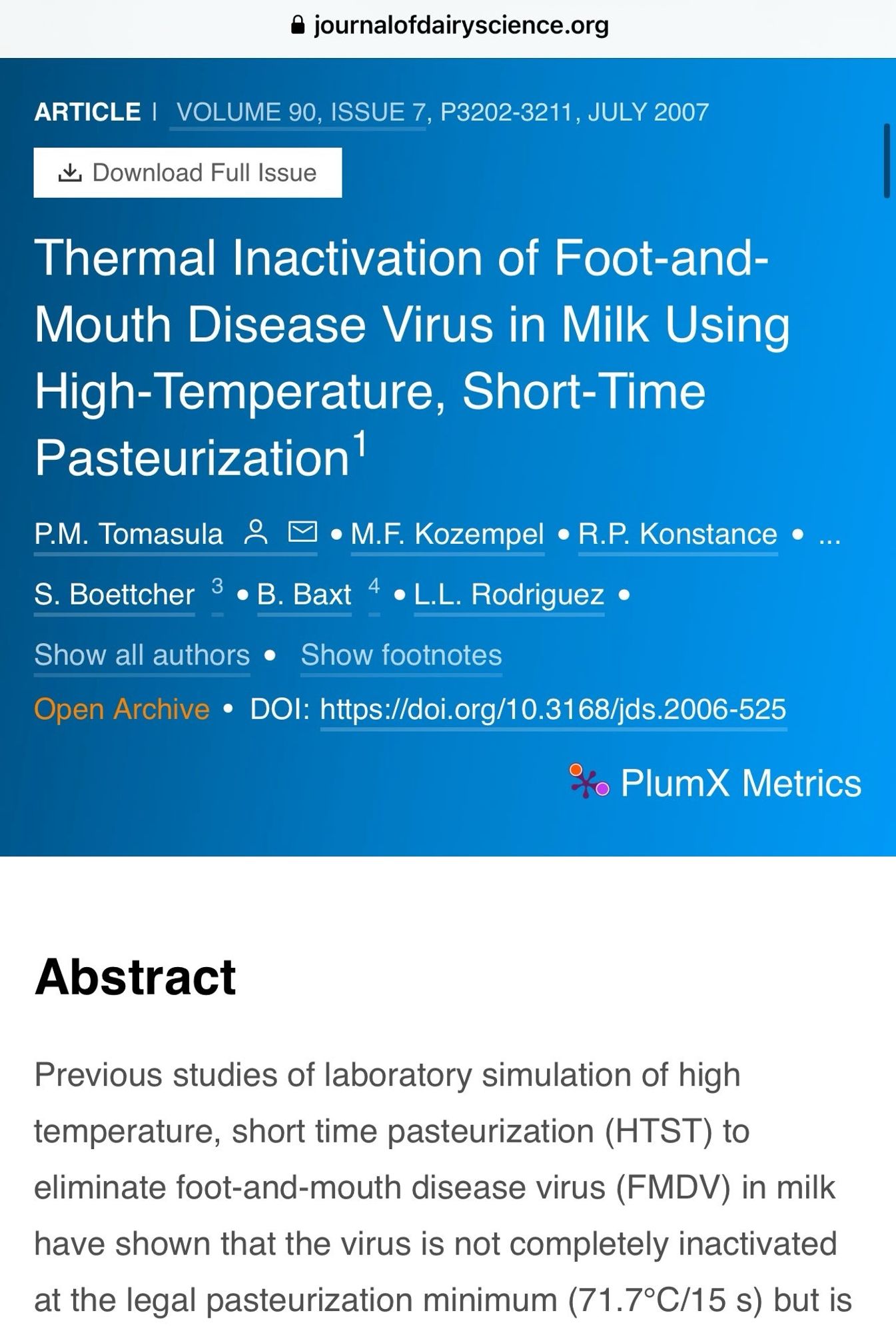

Just did a little googling, and, apparently, Micellar Water is named thus because the cleaning power comes from Micelles - which are basically microbubbles of mild surfactants that cling to and surround most types of makeup! (Reposted here because I somehow replied to the wrong thread 🫠)


